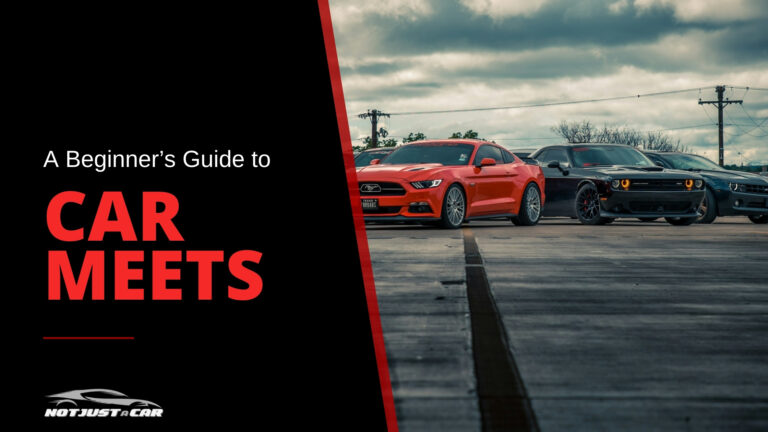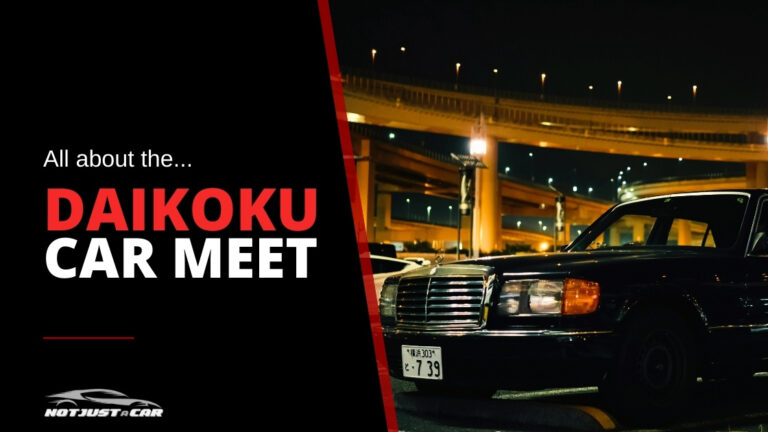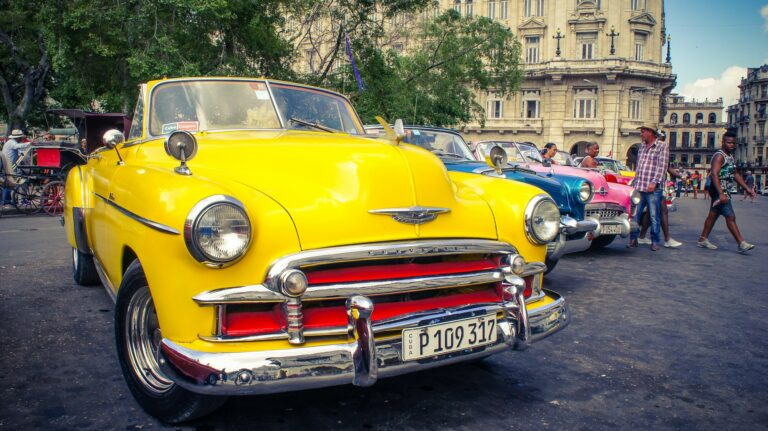The Car That Nearly Bankrupted BMW (And the One That Saved It)
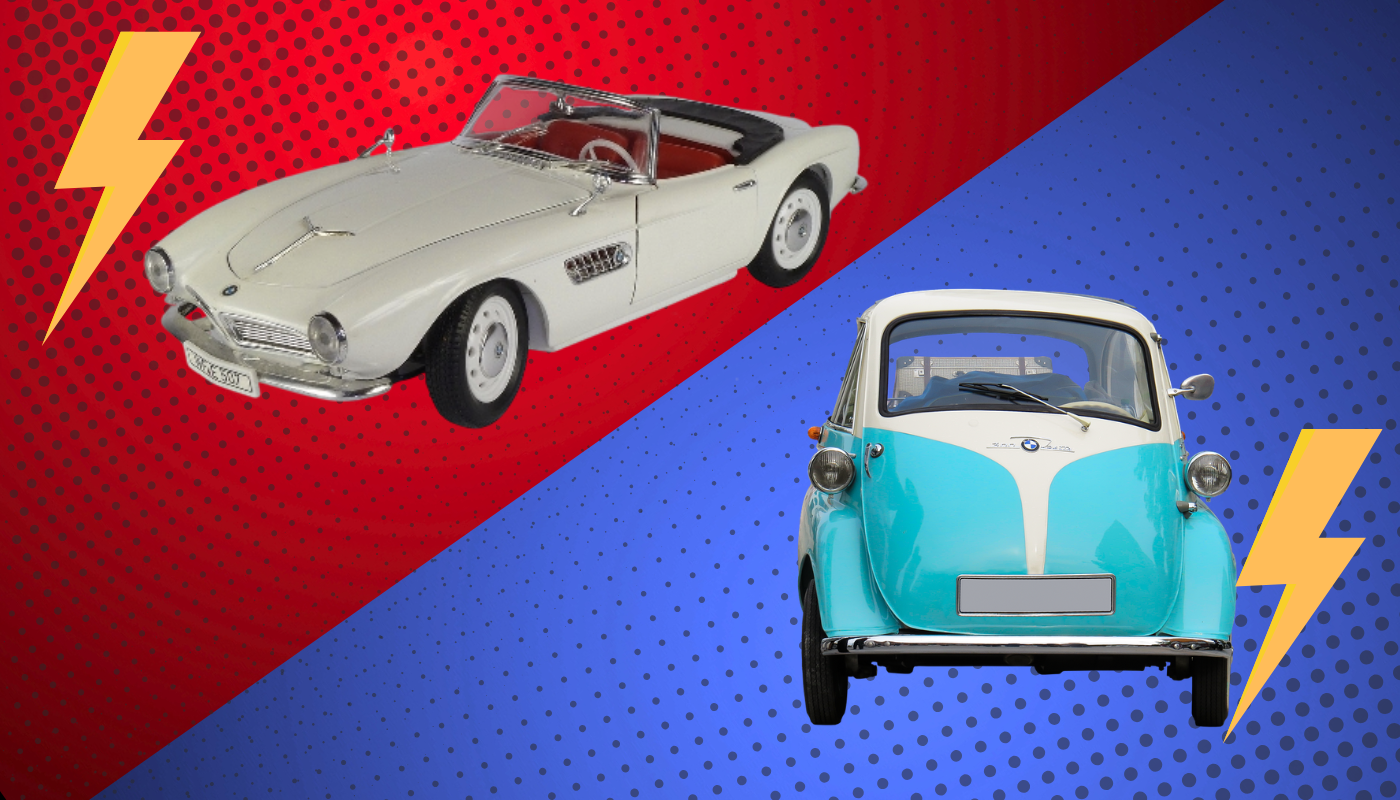
The story of BMW isn’t just about the ultimate driving machine; it’s a wild ride of near-misses and unexpected triumphs. This is the tale of two incredibly different cars: the stunning BMW 507 that nearly took the company down, and the quirky, tiny Isetta that improbably pulled it back from the brink of financial ruin.
How this Microcar Saved BMW – Key Takeaways
- The BMW 507 was a beautiful luxury roadster that was too expensive to sell.
- Its low sales volume pushed BMW to the edge of bankruptcy in the late 1950s.
- The BMW Isetta, a licensed microcar, was cheap and mass-produced.
- The Isetta’s sales provided crucial cash flow, saving BMW from collapse.
- This turnaround allowed BMW to develop the “Neue Klasse” models, securing its future.
The Dream Car, The Nightmare Bill
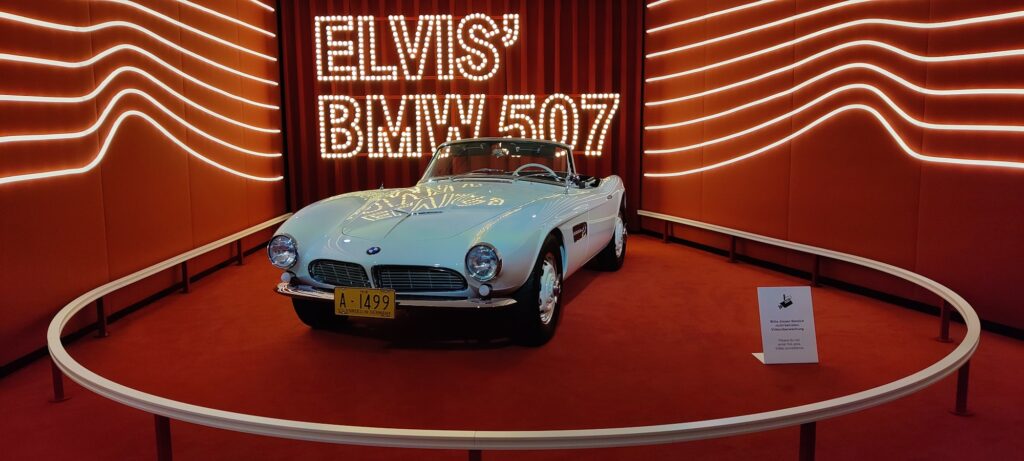
Man, you ever look at a car and just think, “That’s IT. Peak automotive art”? For me, a lot of the older stuff just hits different. Like the E30 M3, or even the E9 CSL. But the BMW 507? That thing is on another level. It was designed by the legendary Albrecht Graf von Goertz, and let me tell you, the guy had an eye. This roadster, built between 1956 and 1959, was supposed to be BMW’s big statement, a true competitor to the Mercedes-Benz 300 SL. It had this gorgeous, flowing aluminum body, a proper luxury convertible for the discerning, wealthy buyer, or Elvis (yup, Elvis had one, see his car pictured above).
Under the hood, it rocked a 3.2-liter aluminum V8 engine, pumping out a respectable 150 horsepower. For the late ’50s, that was serious business. It wasn’t the fastest thing on the block, but it was smooth, elegant, and had that classic, understated German performance vibe.
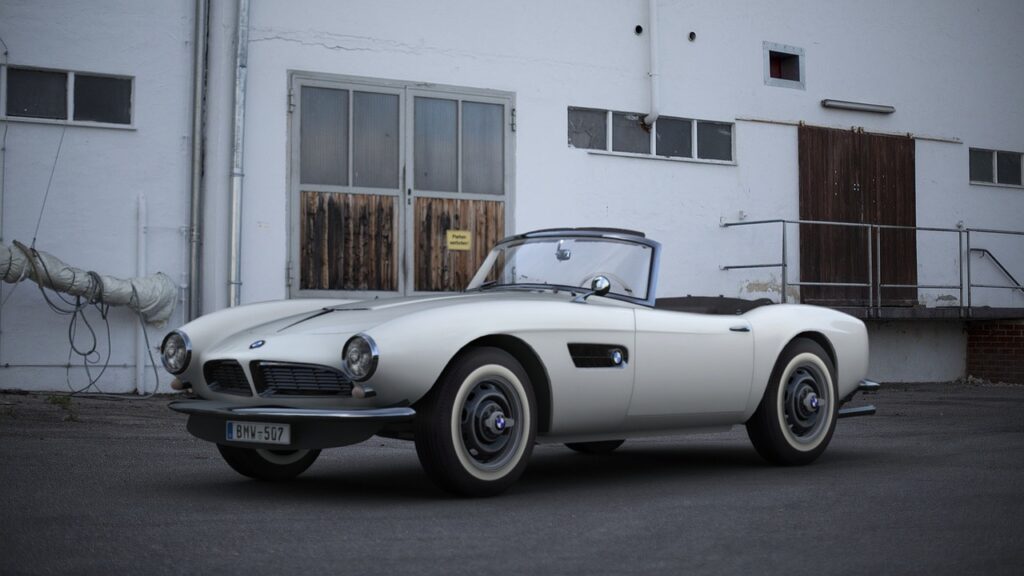
Thing is, it was also EXPENSIVE. Like, CRAZY expensive, especially for that time period. BMW aimed for a price point around US$5,000, which was already steep. But production costs, man, they spiraled. How badly did it spiral? Well, the final sticker price in the US was around US$10,500, and in Germany, it was DM 26,500. To put that in perspective, a brand new Porsche 356 was like, half that price starting at $3,750 (no, I’m not kidding). Oh, how about a VW Beetle? You could buy six or seven of those for the price of one BMW 507.
The market for a car that expensive, post-WWII in Europe, just wasn’t there in volume. BMW had hoped to sell thousands, but they only managed to produce a paltry 252 units over its entire production run. Each one was a financial black hole, essentially losing money for the company. I mean, it’s beautiful, but sometimes beauty comes with a COST.
From Riches to Rags
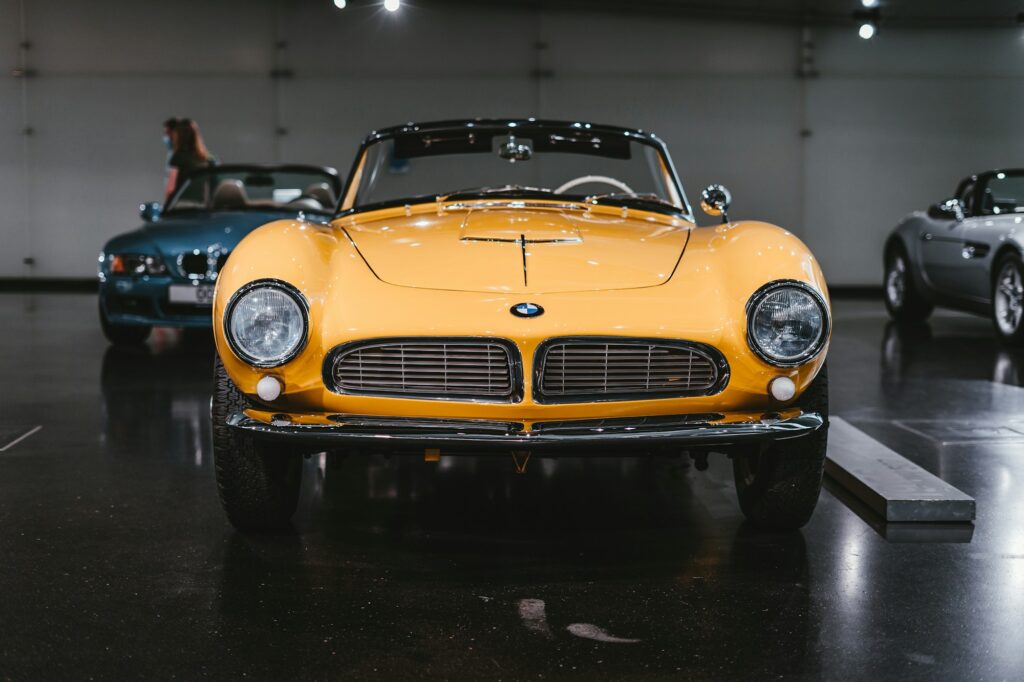
BMW in the 1950s was in a really rough spot, tbh. Post-war, they were rebuilding, trying to figure out their identity again. They’d been making motorcycles and even kitchen equipment for a bit. The 507 was supposed to re-establish them as a premium, luxury brand, a symbol of German engineering prowess. Instead, it was a massive drain on resources. Every single car sold further depleted BMW’s already struggling coffers.
The financial bleed from the 507 was so severe that by the late 1950s, BMW was literally on the verge of bankruptcy. I’m talking about a full-on crisis, like when your VANOS seals go bad and you’re staring at a four-figure repair bill, but for an entire company.
There were serious talks about a takeover, with Daimler-Benz (Mercedes) being the primary suitor. Imagine a world where BMW was just absorbed into Mercedes. That’s a timeline I definitely don’t wanna live in. The company was losing money hand over fist, and their other models, like the bigger, less glamorous 501 and 502 weren’t exactly flying off the shelves either. They needed something, ANYTHING, to generate cash flow, and fast.
The Unlikely Hero: A Bubble of Hope
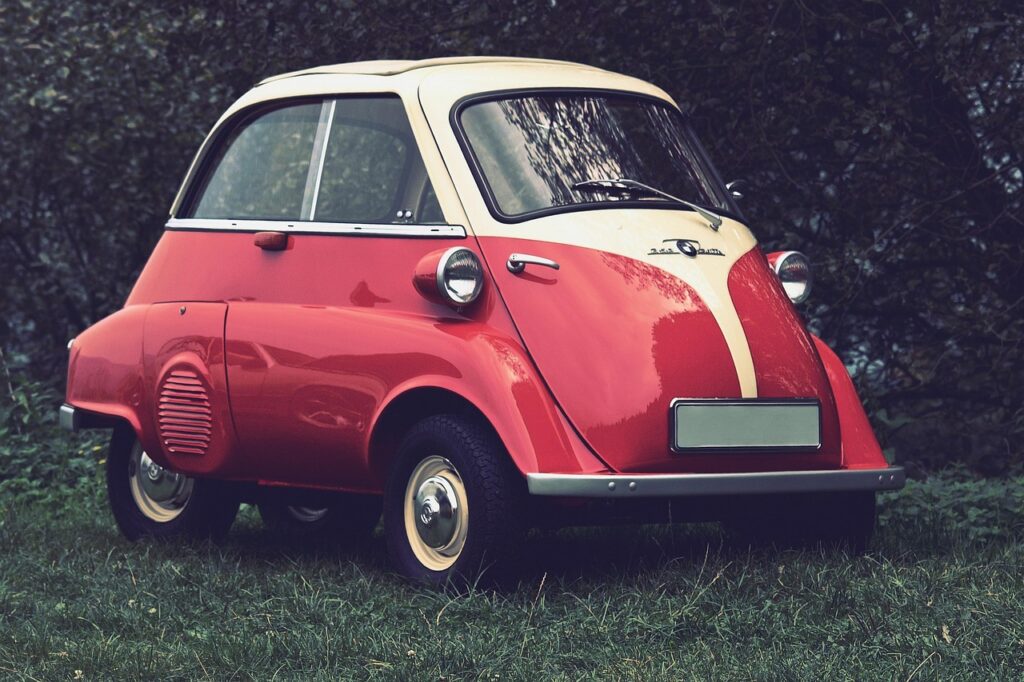
Enter the Isetta. This thing looks like it rolled right out of a cartoon. It’s tiny, it’s weird, and it has a single front-opening door that takes up the entire front of the car. You literally step forward out of the car. It was originally an Italian design by Iso Rivolta, and BMW, desperate for an affordable, high-volume product, licensed the design in 1954. They then heavily re-engineered it for German production, swapping out the two-stroke engine for a more reliable, BMW-built single-cylinder motorcycle engine.

The BMW Isetta, or “bubble car” as everyone called it, started production in 1955. It had a 250cc engine initially, which was later bumped up to 300cc, producing a whopping 12 to 13 horsepower. Top speed? Maybe 50 mph on a good day, downhill with a tailwind. But man, it was CHEAP. The price was around DM 2,550 in Germany, which was super accessible for the average post-war consumer. In the US, the price was around $1000, but while it managed to sell about 3925 units, the numbers were small compared to Europe, and its popularity declined, in part due to new highway safety laws in California.

This little microcar was an absolute sensation. It offered basic, reliable transportation to the masses who couldn’t afford a full-sized car. Over its production run from 1955 to 1962, BMW sold over 161,000 Isettas. Think about that: 161,000 tiny, weird bubble cars versus 252 gorgeous, expensive roadsters. The Isetta generated the volume and, more importantly, the cash flow that BMW desperately needed. It wasn’t glamorous, it wasn’t a luxury statement, but it saved the company from certain doom. It was the ultimate, unlikely savior.
The Isetta’s Legacy and BMW’s Rebirth
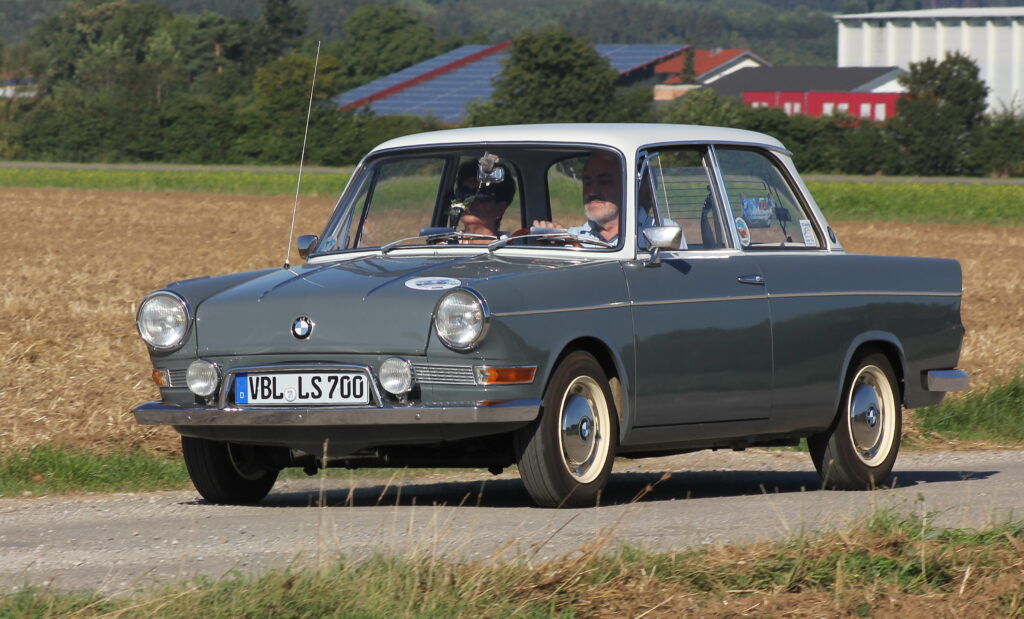
The Isetta didn’t just save BMW from being swallowed by Daimler-Benz; it bought them time. That time was crucial. It allowed the company to stabilize, regroup, and start developing new, more conventional models that would eventually define its future. After the Isetta, BMW introduced the BMW 600 (a larger Isetta-based car) and then the BMW 700, which was a more traditional small car that sold well and provided even more stability.
These small, economical cars laid the groundwork for what would become BMW’s true rebirth: the “Neue Klasse” (New Class) sedans, starting with the BMW 1500 in 1962.
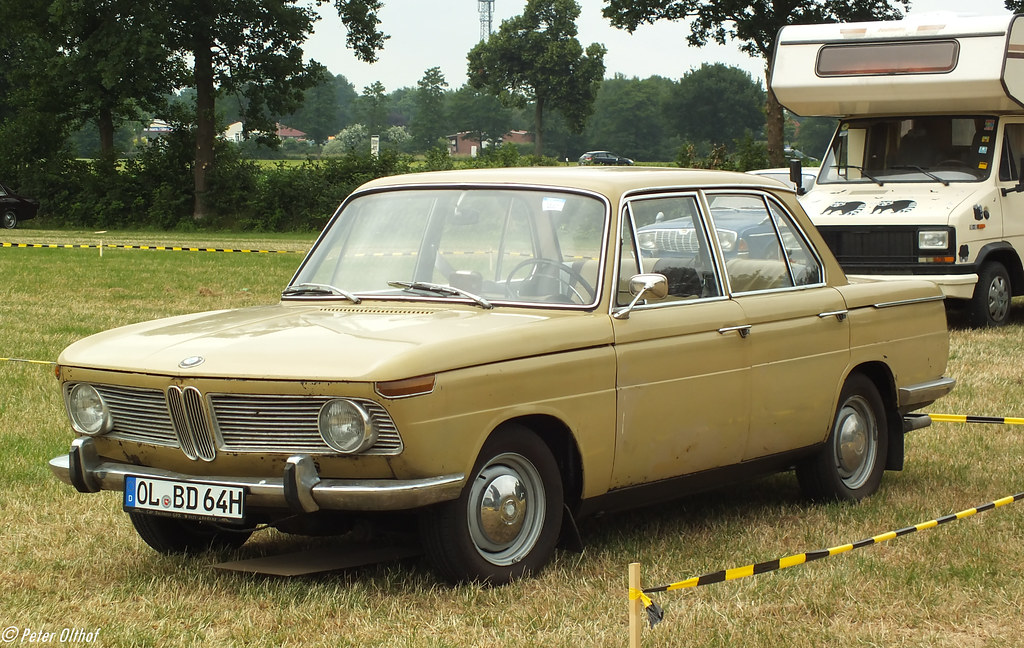
These cars were modern, sporty, and offered a fantastic driving experience, pretty much setting the stage for every iconic BMW that came after, right up to the G80 M3 and everything in between.
Without the Isetta’s financial lifeline, the Neue Klasse might never have existed, and the BMW we know today, like the one that makes my 3-series diesel wagon pull like a freight train, or makes those M cars sound nasty, would likely be a footnote in automotive history, if it existed at all. It’s wild how one little bubble car, born from desperation, could have such a MASSIVE impact on a global automotive powerhouse.
FAQ
What was the main reason the BMW 507 failed commercially?
The BMW 507 was too expensive to produce, leading to a high retail price of around US$10,500, which was unaffordable for most buyers in the post-war economy, resulting in very low sales volumes.
How many BMW Isettas were produced?
BMW produced over 161,000 Isettas during its production run from 1955 to 1962, making it a massive commercial success for the company.
Did the Isetta use a BMW engine?
Yes, while the Isetta’s design was licensed from Iso, BMW heavily re-engineered it and fitted it with a BMW-built, single-cylinder motorcycle engine, initially 250cc and later 300cc.
What year did BMW nearly go bankrupt?
BMW faced severe financial difficulties and was on the verge of bankruptcy in the late 1950s, particularly around 1959, when a Daimler-Benz takeover was seriously considered.
What are BMW 507s worth today?
Today, the BMW 507 is an extremely rare and highly sought-after classic car, often selling for multi-million dollar figures at auction, reflecting its iconic design and scarcity.


